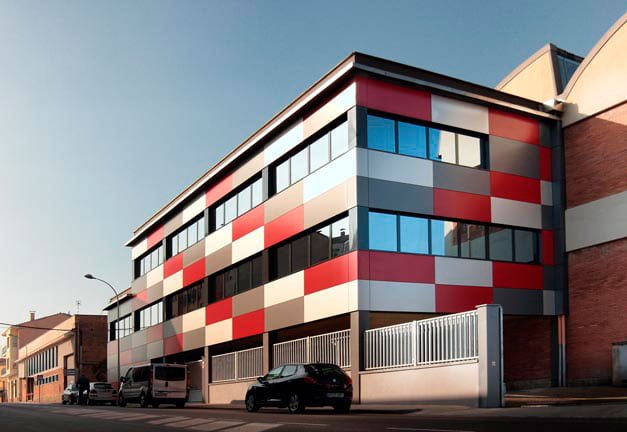| 3-MECHANICAL CHARACTERISTICS OF THE COMPOSITE PANEL |
|

Property of a section that quantifies its amount of mass (area) with respect to its center of gravity. It directly influences the tension and deflection obtained in a panel under a given load (the higher the inertia, the lower the tension and deflection for the same load). |
Also known as Young’s Modulus, it is a constant characteristic of elastic materials that relates the force applied to the deformation or displacement obtained. The higher the modulus of elasticity, the smaller the deflection for a given load. |
It is the product of inertia and elastic modulus. For a given load and support configuration, this is the only data required to obtain the deflection on the panel. The greater the stiffness, the lesser the deflection.
|
Limit stress supported by an elastic material up to which the deformation obtained is 99.8% recoverable after removal of the applied force. The higher this limit, the more difficult it is for the acting loads to cause permanent deformations in the panel. |
Stress at which a material breaks. Once the yield stress has been exceeded, the material continues to deform without breaking, but in a plastic form (non-recoverable deformation). When the ultimate limit stress is reached, the material breaks. |
Increase in length (in percent) of an element from the time the yield strength is exceeded until failure occurs. |
Our company offers different services and products related to the construction sector. Thanks to our variety we can offer different constructive resolutions to your most special needs.
131 Palauet Street
Catalunya – Lleida – 25001
Email: info@starmodul.com
Tel: +34 973 22 81 64
Mobile: +34 683 442 608

¿Necesitas ayuda?